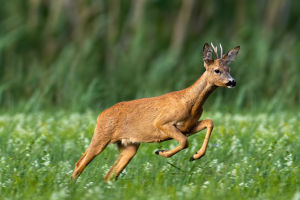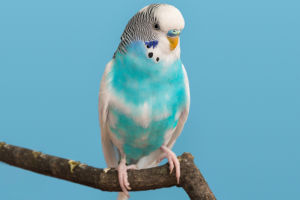When we think of cats, the image of a cute and playful tabby might come to mind. With their signature "M" shape on the forehead and distinct stripes or spots, these cats are some of the most popular pets in households around the world.
But what makes tabby cats so unique? Let's dive deeper into their history, characteristics, and the reason they stand out in the feline world.
The Distinctive Features of Tabby Cats
Tabby cats are not a specific breed; instead, they refer to cats with a distinctive pattern of markings. The "M" shape on their forehead is the most noticeable feature, which often extends down their faces and across their bodies.
Depending on the type of tabby, these cats can have stripes, spots, swirls, or even a combination of all these patterns. These markings can be found on the neck, shoulders, sides, chest, and abdomen, giving each tabby its own unique look.
Interestingly, these distinctive markings are not confined to a specific breed of cat. In fact, many purebred and mixed-breed cats can have tabby markings. This makes the tabby pattern more of a natural feature, inherited from the African wildcat, which is considered the ancestor of our domestic cats.
Historical Origins of the Tabby Cat
The history of the tabby cat goes back a long way, and there are some fascinating theories about its origins. Many people believe that tabby cats have been around for centuries, with some speculating that they existed in medieval times. However, not everyone agrees with this idea.
In the mid-17th century, a curious antiquarian named John Aubrey took note of tabby cats in England, particularly mentioning the "Cypriot cats" that Archbishop William Laud of Canterbury was fond of. Aubrey said, "I clearly remember that the typical English cats were white," which suggests that tabby markings may not have been as widespread in England during that time. These markings may have become more common over the centuries as cats spread across Europe and other parts of the world.
Why Tabby Cats Are So Popular
Tabby cats' popularity can be attributed to their charming appearance and adaptable nature. They come in various colors, including brown, gray, orange, and even black, allowing for a wide range of possibilities when it comes to their appearance. Additionally, tabbies are known for being friendly and affectionate, making them excellent companions for families and individuals alike.
Moreover, tabby cats are often seen as symbolizing good luck and protection in many cultures. Their distinct markings have been interpreted in different ways throughout history. In some regions, the "M" on their forehead is thought to represent the mark of a moon goddess, while in others, it’s seen as a sign of their ancient and mystical lineage.
Tabby Cats in Popular Culture
Tabby cats have also made their way into popular culture, appearing in movies, books, and cartoons. Their widespread presence in the media has only increased their appeal, cementing their place as some of the most beloved cats in the world.
One famous tabby cat is Garfield, the lazy and sarcastic feline that became a cultural icon after the comic series was created. His laid-back attitude and love for lasagna made him a favorite among cat lovers and casual readers alike. Other well-known tabby cats include the ones featured in films like "The Aristocats" and "Cats."
The Legacy of Tabby Cats
Tabby cats are more than just adorable pets – they carry with them a rich history and a deep connection to their wild ancestors. From their distinctive markings to their friendly personalities, tabbies are a unique and cherished part of the cat world. So, the next time you meet a tabby, take a moment to appreciate its fascinating past and the story behind its stripes.
Lykkers, we hope you enjoyed learning more about these amazing cats. Let us know if you have a tabby cat at home – we’d love to hear your stories!


